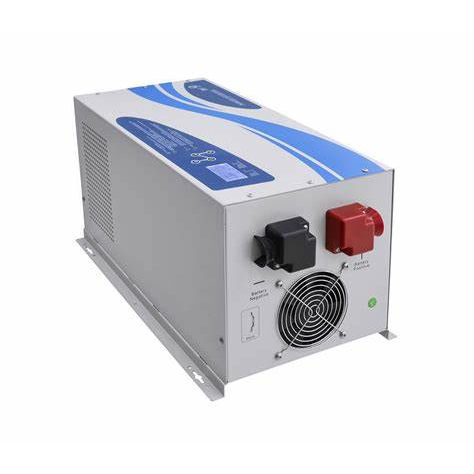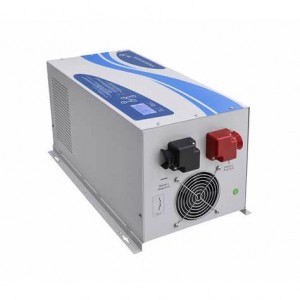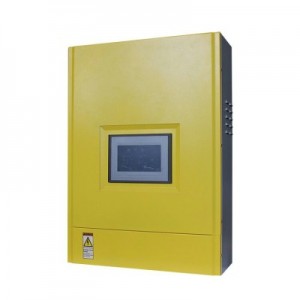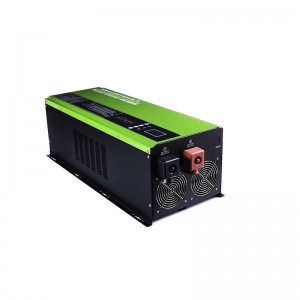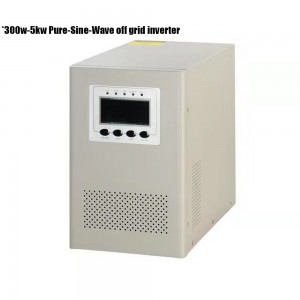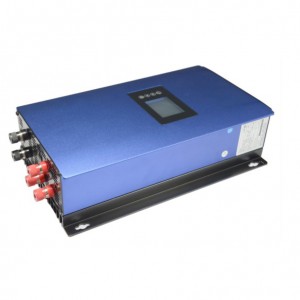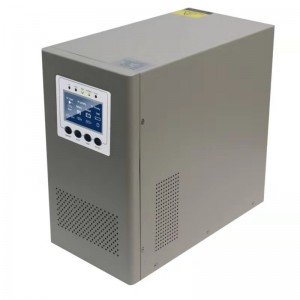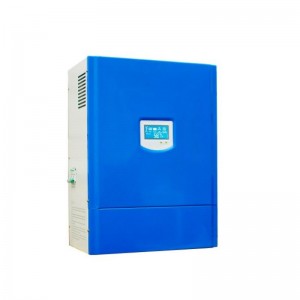Solar Off grid inverter without battery
Application
The off-grid inverter sends energy directly to the power grid, so the frequency and phase of the power grid should be tracked, which is equivalent to a current source. Off-grid inverter is equivalent to establishing an independent small power grid, mainly controlling its own voltage, which is a voltage source. The grid-connected inverter does not need to store energy, but the energy is not adjustable. The amount of photovoltaic power is sent to the grid, regardless of whether others want it or not. The grid does not like it. Generally, energy storage is required when leaving the grid, and energy is not sent to the grid. The grid has no right to interfere
The off-grid inverter can work independently after leaving the power grid, which is equivalent to an independent small power grid. It mainly controls its own voltage, which is a voltage source. It can carry resistance-capacitance and motor inductive loads, with fast response and anti-interference, strong adaptability and practicability. It is the preferred power supply product for emergency power supply and outdoor power supply.
Photovoltaic off-grid inverter is applicable to power systems, communication systems, railway systems, shipping, hospitals, shopping malls, schools, outdoor and other places. It can be connected to the mains power to recharge the battery. It can be set as the wind photovoltaic priority mains power backup, or the mains power priority solar power backup.
Off-grid inverters generally need to be connected with batteries, because photovoltaic power generation is unstable, and the load is also unstable, so batteries are needed to balance the energy. When photovoltaic power generation is greater than the load, the excess energy is charged to the battery, and when photovoltaic power generation is less than the load, the insufficient energy is provided by the storage battery.
The solar water pumping inverter is a special off-grid inverter. It does not need to be connected to the battery. It directly obtains the DC power from the solar panel and converts the current to supply the water pump. The maximum power point tracking (MPPT) and maximum utilization of solar energy can be obtained by adjusting the real-time performance of output frequency according to the intensity of sunlight, which is equivalent to a combination of inverter and frequency converter because of its simple structure. It is easy to operate and widely used in water diversion projects, agricultural irrigation and landscape irrigation in areas without electricity.

